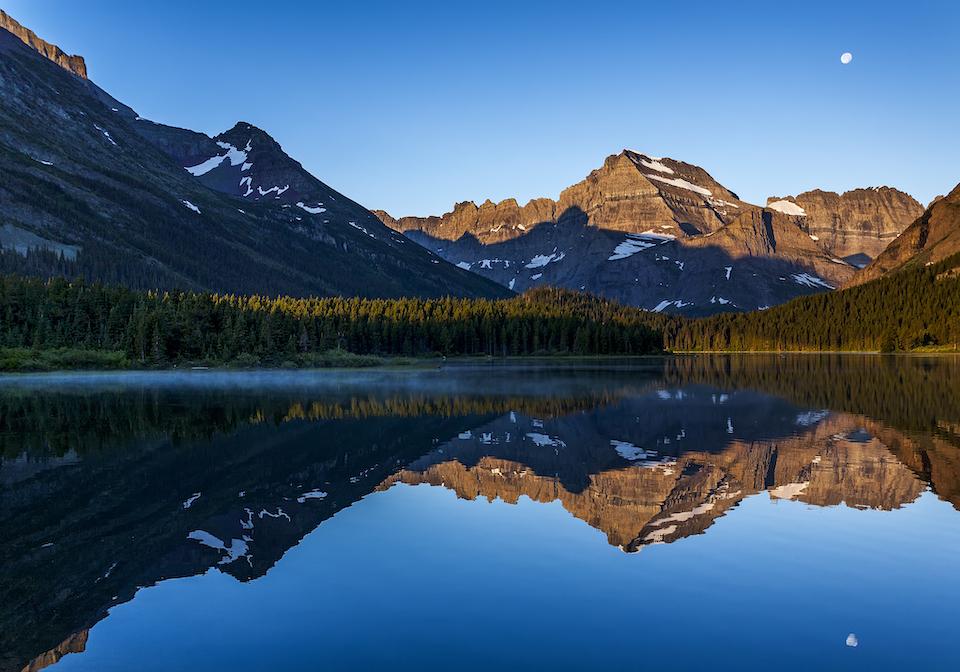
Restrictions on tents at Many Glacier Campground in Glacier National Park have been implemented due to black bear activity/Rebecca Latson file
Someone who didn't properly close a trashcan is partly responsible for the implementation of camping restrictions at Many Glacier Campground in Glacier National Park in Montana after a black bear got into the garbage.
The restrictions limit campers to those with hard-sided units. Camper vehicles such as VW buses and pickup trucks with small canvas pop-ups are allowed as long as the canvas is not exposed.
On July 6, a black bear obtained a food reward after breaking into a public trashcan that was not closed properly near the Swiftcurrent Motor Inn. The same bear later pushed an empty dumpster, huffed around a tent at the Many Glacier Campground, jumped onto a picnic table, bit holes in a plastic water jug, attempted to break into two different recycling bins, and bit a plastic diesel fuel can in a pickup truck bed, causing a leak.
Park rangers responded, but were unsuccessful in hazing efforts to convince the bear to avoid areas frequented by humans. The National Park Service and Glacier National Park Lodges are also increasing garbage patrols to ensure that dumpsters are not left full overnight.
The park is attempting to trap the suspected black bear and tag it. Because of the number of black bears in the area, it may be difficult to identify which bear obtained the food reward, as the bear apparently did not have an ear tag.
Once bears have successfully obtained unnatural food from people or become accustomed to foraging in developed areas, it is very difficult to change their behavior to return to wild areas and natural food sources. Once they have received a human food reward, they often become a safety hazard as they become increasingly aggressive in seeking out and obtaining subsequent food rewards. In 1976, a conditioned grizzly bear dragged a camper from her tent in the Many Glacier Campground and killed her.
Glacier National Park has a proactive bear management program that seeks to prevent conditioning through public education, bear-wise waste management, aggressive enforcement of food storage regulations, and application of hazing and aversive conditioning techniques to teach bears to avoid humans and developed areas.
The park maintains a Volunteer Wildlife Brigade funded by donations to the Glacier National Park Conservancy. These volunteers along with volunteer campground hosts and paid staff work together to educate the public about bear safety and appropriate viewing distances.
People driving in the park are also asked to obey speed limits and watch for wildlife. At least two bears have been hit by cars in the last two weeks, and at least one injured bear from a car collision last year is still alive and showing signs of injury. Injured bears can pose an additional public safety hazard.




 Support Essential Coverage of Essential Places
Support Essential Coverage of Essential Places






